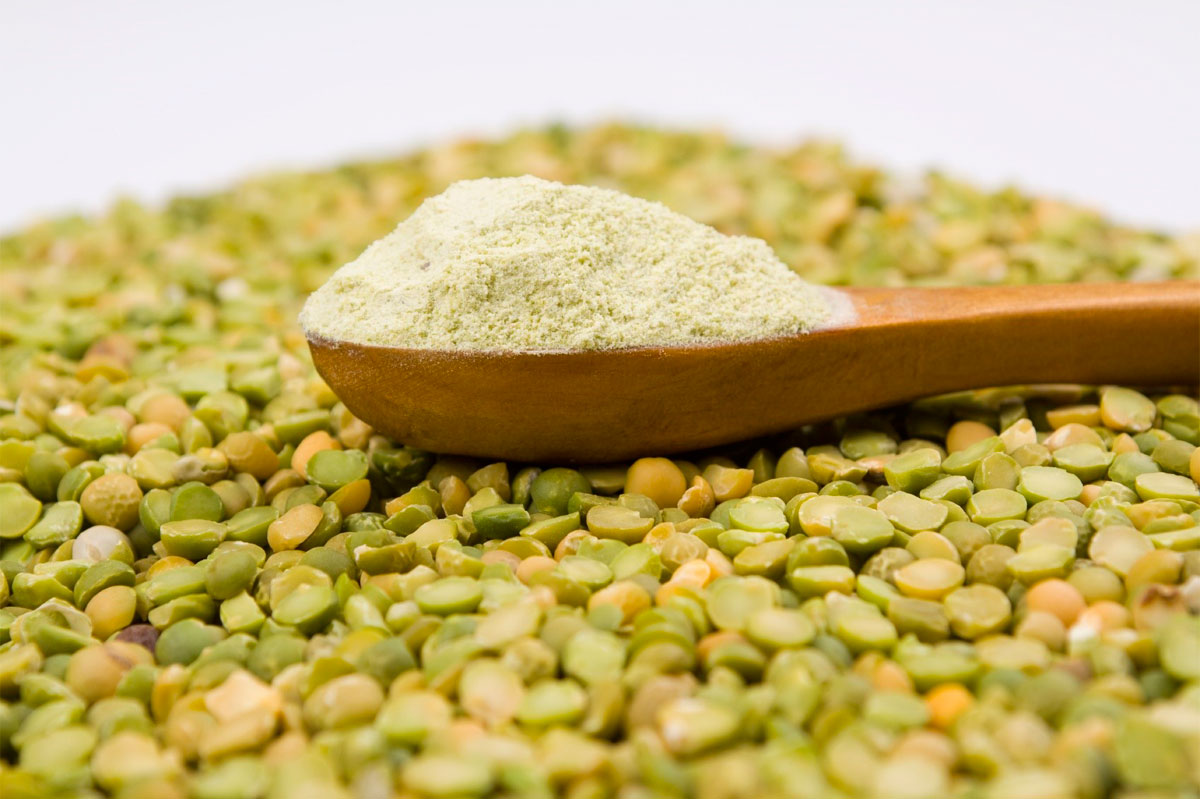Ingredients made from peas and rice are giving manufacturers of non-GMO and organic products sustainable, “clean label,” alternatives to GMO-risk soy based products.
Pea protein
Tyler Lorenzen, president of protein and ingredients division at World Food Processing, sees strong demand for his company’s PURIS Pea proteins. “It’s definitely our best-selling ingredient,” he says. “It is non-GMO, certified organic, solvent-free and provides a clean label. These are the first boxes that people want to check.”
PURIS pea protein products are Non-GMO Project verified and produced from peas grown and processed in the U.S. They can be used in a variety of applications including bakery products, cereals, snack foods, and beverages.
Other suppliers see strong demand for pea and other plant-based proteins such as pumpkin seeds, wheat, sunflower, and sacha inchi seeds from Peru.
“Vegetable-based protein is becoming more popular without a doubt,” says Nate Yates, business director at Ingredion. “They are viewed more favorably from a clean label perspective.”
Elana Schwartz, sales manager, Scoular Ingredients, agrees that pea protein fits into the clean label trend. “It’s all about ingredients you can pronounce and recognize. With pea protein, people know it’s made from peas.”
Pea protein has other advantages. Unlike soy, it is not an allergen. It also has a sustainability advantage because it is a good rotational crop for farmers and adds nitrogen to the soil.
Rice bran and hulls
Another sustainable, non-GMO ingredient alternative is rice bran, which has traditionally been a waste product of rice milling. According to Joon Park, vice president, food ingredient sales at Rice Bran Technologies, 70 million metric tons of rice bran are disposed of each year.
Rice Bran Technologies developed a technology to stabilize and capture the nutrition of rice bran and germ.
“It’s a waste product converted to healthy food,” Park says. “It’s minimally processed and provides balanced nutrition.”
The company sells rice bran products including protein, fiber, and oil. All ingredients are Non-GMO Project verified among other attributes.
“Rice has inherent qualities of being gluten free, non-GMO, and hypoallergenic,” Park says. “These are buzzwords in the clean label arena.”
Rice bran is also a sustainable source because just 1-2 percent of the amount available is processed into ingredients.
RIBUS also sells ingredients made from rice bran and hulls including Nu-BAKE emulsifier, Nu-RICE processing aid and emulsifier, Nu-FLOW anti-caking agent, and Nu-FLAC flavor carrier. The products are available as organic and Non-GMO Project verified.
Demand for RIBUS’s organic products is particularly strong. “Our business has gone from zero percent organic 10 years ago to almost 60 percent organic today,” says RIBUS president Steve Peirce.
According to Peirce, Nu-FLOW gave the organic industry an organic anti-caking agent option to replace silicon dioxide, a synthetic ingredient. In 2014, the U.S. Department of Agriculture amended the National List (of approved and prohibited substances in organic food production) stating that silicon dioxide could not be used in organic foods as long as there were sufficient quantities of organic rice hulls available as an alternative.
“It showed that the system to remove synthetics from organic foods is working,” Peirce says. “We’re happy to have organic alternatives.”





